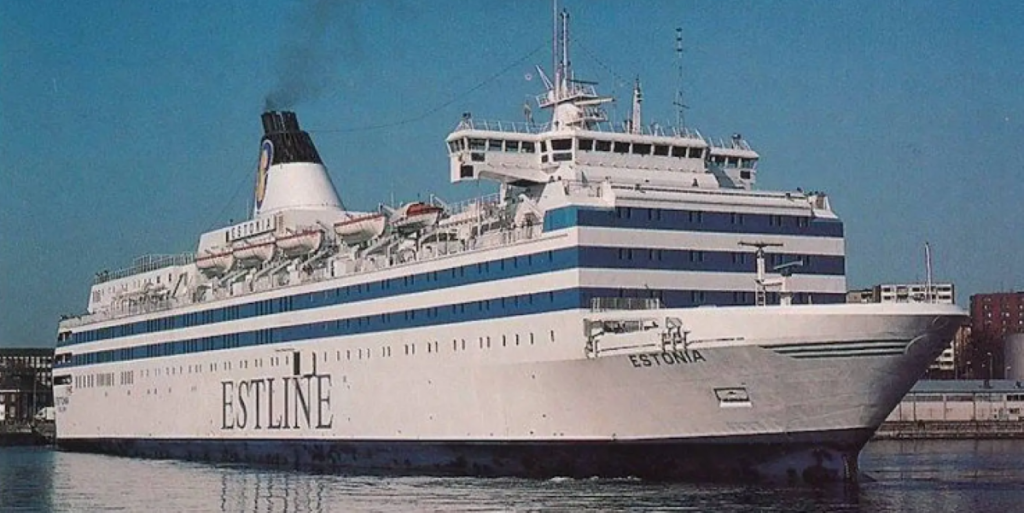The ferry sank more than 30 years ago, but new reports suggest the site could now be serving as a covert listening post.
Others are reading now
Western intelligence agencies are investigating claims that Russia may be using the wreck of the Estonia ferry as an underwater base for surveillance operations in the Baltic Sea.
Hidden under the waves
Several NATO countries have intelligence indicating that technical devices have recently been placed near the wreck according to a joint investigation by Germany’s public broadcasters WDR and NDR, together with the newspaper Süddeutsche Zeitung,.
These instruments may be guiding underwater drones and robots or recording the movements of allied vessels.
Investigators believe the sensors could be used to collect the acoustic signatures of NATO warships and submarines, data that would allow Russian forces to identify them more easily in future operations.
Strategic location
The Estonia lies about 80 meters deep, roughly 35 kilometers southeast of Finland’s island of Utö.
Also read
It sank on September 28, 1994, during a violent storm while traveling from Tallinn to Stockholm.
The disaster claimed 852 lives and remains one of the worst peacetime maritime tragedies in modern history.
In 1995, Sweden, Estonia, and Finland signed an agreement prohibiting diving at the site to protect the remains of the victims.
The long-standing ban has limited access for researchers and authorities, effectively leaving the area undisturbed for decades, a situation experts say may have made it ideal for secret military activity.
Wider suspicions
Officials from several Western security services told the German media that Russian naval units may have used the Estonia site for covert underwater training or reconnaissance exercises.
Also read
The findings have raised broader concerns about Moscow’s underwater sensor programs and its expanding capabilities in the Baltic region.
Lithuania published a photo in early 2024 showing what appeared to be a Russian-made hydroacoustic sonar discovered on the Curonian Spit.
Similar devices have reportedly been found in the United Kingdom, Ireland, and Latvia.
Regional monitoring
The Finnish Border Guard declined to provide operational details, stating that it does not comment on surveillance measures.
Estonia’s Foreign Ministry said it continues to monitor developments in cooperation with its NATO allies.
Also read
The case adds to growing evidence that Russia is expanding its underwater intelligence operations across Europe, particularly in areas vital to NATO’s northern and Baltic defense lines.
Sources: WDR, NDR, Süddeutsche Zeitung, LETA


